Esta rutina de pensamiento ayuda a los estudiantes a ir lentamente y observar de cerca un sistema.

Esta rutina de pensamiento ayuda a los estudiantes a ir lentamente y observar de cerca un sistema.


AbD researchers describe how their use of agency “vignettes” help them gain new understandings around the concept of agency.
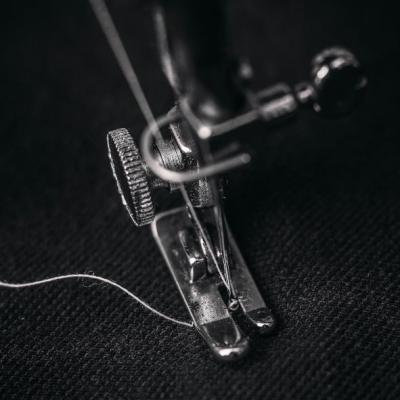
This routine encourages learners to consider the different and diverse perspectives held by the various people who interact within a particular system.
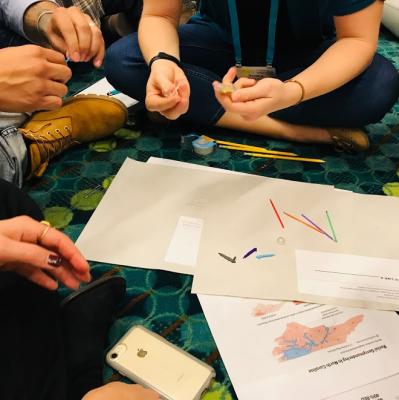
This piece is based on a workshop titled “Taking Apart Racism: Using Maker-Centered Practices to Break Down Systems of Oppression,” led by Jaime Chao Mignano and Mark Perkins at the National Association of Independent Schools People of Color Conference (PoCC).
Like a lot of educators, I want my students to be empowered to impact the world around them. I want them to have social and political agency in a sense that is perfectly aligned with what Agency by Design means by agency—that is, skills and tools in combination with intention and impulse to action. When I task my students with dismantling systems of oppression, how do they know what that means? Do they feel ready to enact it? And how can I be a support?
This was the seed of a workshop for this year’s National Association of Independent Schools People of Color Conference (PoCC), a gathering of thousands of educators from around the United States to explore ideas and share experiences around equity and justice in our schools and lives. My colleague, Mark Perkins (Media and Theater Coordinator), and I wondered what insights we could offer by putting Take Apart practice in service to racial justice education. I was nervous to try to build under the conference throughline “Anti-Racist Teaching Tools” - the stakes felt so high. We had an inkling, though, that combining the enthusiastic engine of taking stuff apart with the resonant act of creating stories that reimagine existing narratives of power could be an important experiment.
Mark and I built a workshop we call “Taking Apart Racism: Using Maker-Centered Practices to Break Down Systems of Oppression.” The heart of the workshop is the idea that looking closely and exploring the complexity of an object can create a bridge of metaphor that helps us understand a system of racial oppression. If we build the connection between these two systems—the system of the object and the system of oppression—then we can see the oppressive system in a new light and probe new possibilities.
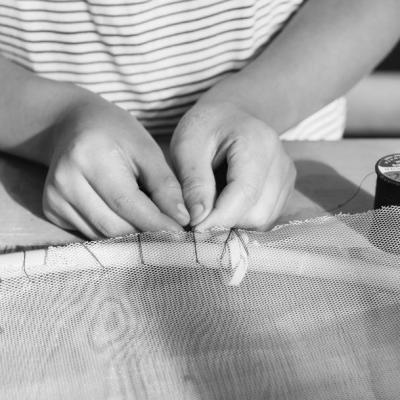
The AbD Making Moves are a set of observable or actionable “moves” that learners and educators can use to help design maker-centered learning experiences, and to support, observe, document, and assess maker-centered learning.

This thinking routine helps learners slow down and look closely at a system. In doing so, young people are able to situate objects within systems and recognize the various people who participate—directly or indirectly—within a particular system.
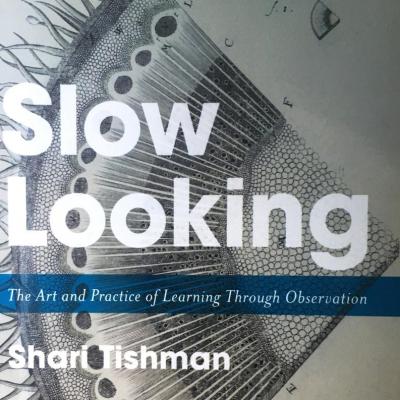
Slow Looking provides a robust argument for the importance of slow looking in learning environments both general and specialized, formal and informal, and its connection to major concepts in teaching, learning, and knowledge. A museum-originated practice increasingly seen as holding wide educational benefits, slow looking contends that patient, immersive attention to content can produce active cognitive opportunities for meaning-making and critical thinking that may not be possible though high-speed means of information delivery. Addressing the multi-disciplinary applications of this purposeful behavioral practice, this book draws examples from the visual arts, literature, science, and everyday life, using original, real-world scenarios to illustrate the complexities and rewards of slow looking.
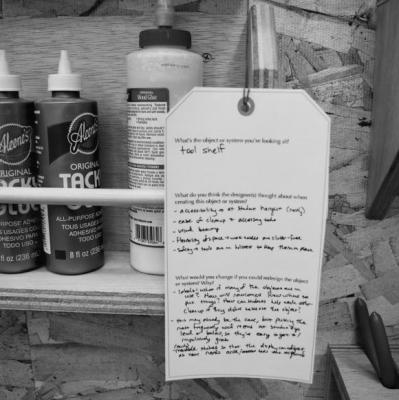
This practice first encourages learners to observe the world around them and look for design, “in the wild,” taking a broad inventory of the designs they notice. Then it asks them to focus in on one object or system to consider the designer’s perspective or to propose redesign ideas.

This routine helps students explore complexity by encouraging them to look closely at the details of something, considering its various viewpoints, users, and stakeholders, and reflecting on their own connections and involvement with it.